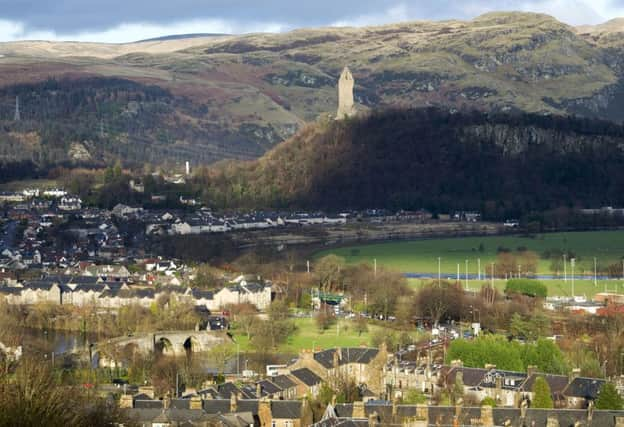Pontoon plan to revive Stirling's harbour link to the Forth


Stirling Council says the move could boost its economy by £10 million and 500 jobs.
It has submitted a planning application to its own planning authority seeking change of use from a vacant site to a fully accessible pontoon at Riverside, Stirling, and near to Stirling Old Harbour.
Advertisement
Hide AdAdvertisement
Hide AdStirling was once a bustling port as well as a shipbuilding centre. In the 16th century it was valued as one of Scotland’s most important landing places, alongside Leith and Aberdeen, but the opening of rival ports downstream such as Grangemouth and the increasing size of ships - which struggled to sail up the narrower reaches of the Forth, meant the town had lost nearly all of its maritime trade by the 1920s.
A meeting of Stirling Town Council in October 1936 laid out plans to revive the harbour, but apart from a niche use by the wartime tea trade - all Scotland’s tea came in through Stirling during the conflict with Hitler - it continued to dwindle, and the last cargo ship docked in the late 1950s.
Stirling Council says recent research showed an extra 250,000 visitors could visit Stirling as a result of improved open space and attractions such as river trips. Around half of them would go on to do at least one more activity in the area, such as shopping or going for a meal, generating income and jobs.
The research also showed an increase in visitors both arriving by boat to the pontoon and at the Old Harbour for leisure craft/water taxis, attracting 90 extra people during peak morning and afternoon periods. There would also be potential to replicate the project at other places along the Forth, bringing “community benefits and increased connectivity”.